Conveyor Belts
Monitoring conveyor belts with ICI's SmartIR platform improves maintenance practices, enhances safety measures, prevents belt failures, optimizes efficiency, and increases reliability. Conveyor Belts are essential for smooth operations and play a critical role in the timely movement of materials. Conveyor belts can fail for a variety of reasons (overloading, normal wear and tear, misalignment, improper maintenance, etc.) and have a great impact on operations when they do. By addressing potential issues proactively and monitoring system performance, the lifespan of your conveyor belts can be greatly prolonged. ICI's SmartIR platform is designed for reducing disruptions, minimizing downtime, optimizing energy consumption, and enhancing the overall efficiency and reliability of conveyor belt systems.
Identifying Conveyor Belt Issues
SmartIR leverages and AI-powered algorithm to identify and diagnose issues with conyeyor belts. SmartIR's automated alerts feature instantly warn the correct team members of a potential issue, before failure, allowing the team to take swift action and avoid unplanned downtime.
Overheating Components
Overtightened Belts
Overloading
Abnormal Friction
Improper Maintenance
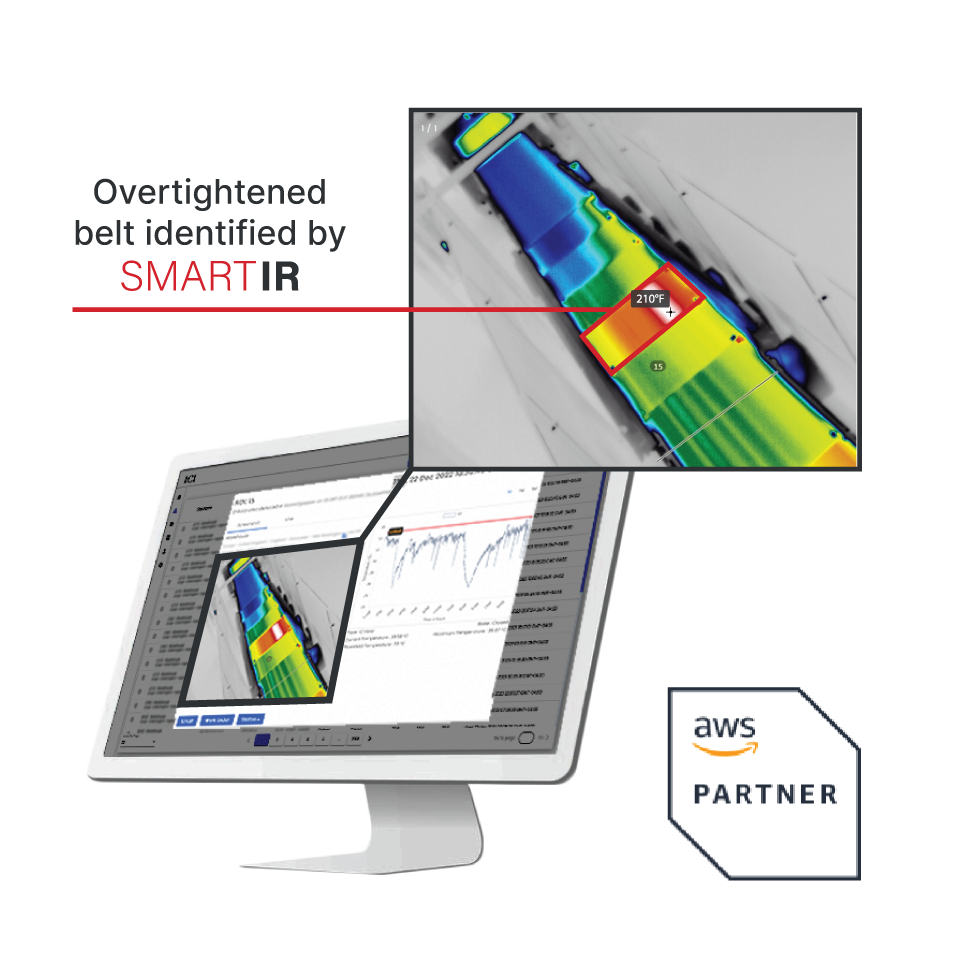
SmartIR for Conveyor Belts
Manufacturers use conveyor belts extensively for various applications such as assembly lines, material handling, and product transportation. SmartIR allows manufacturers to analyze temperature patterns, detect hot spots, trigger alerts, access real-time remote monitoring, and facilitate predictive maintenance to ensure the proper functioning, reliability, and safety of their conveyor belt systems.
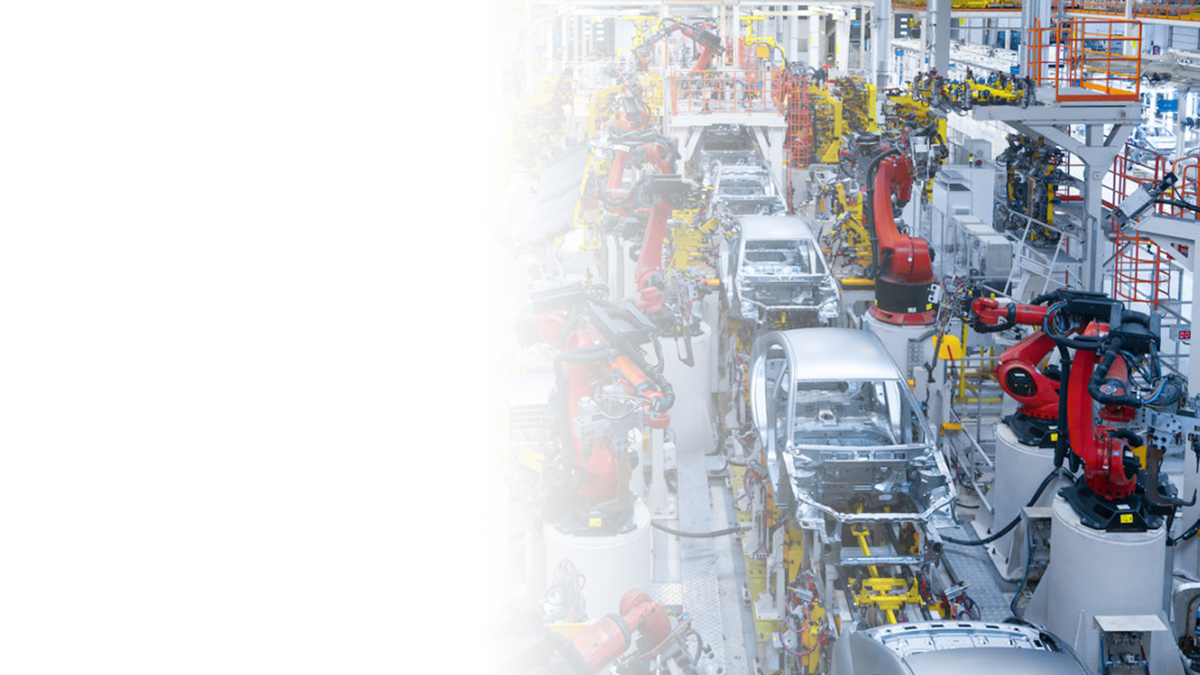

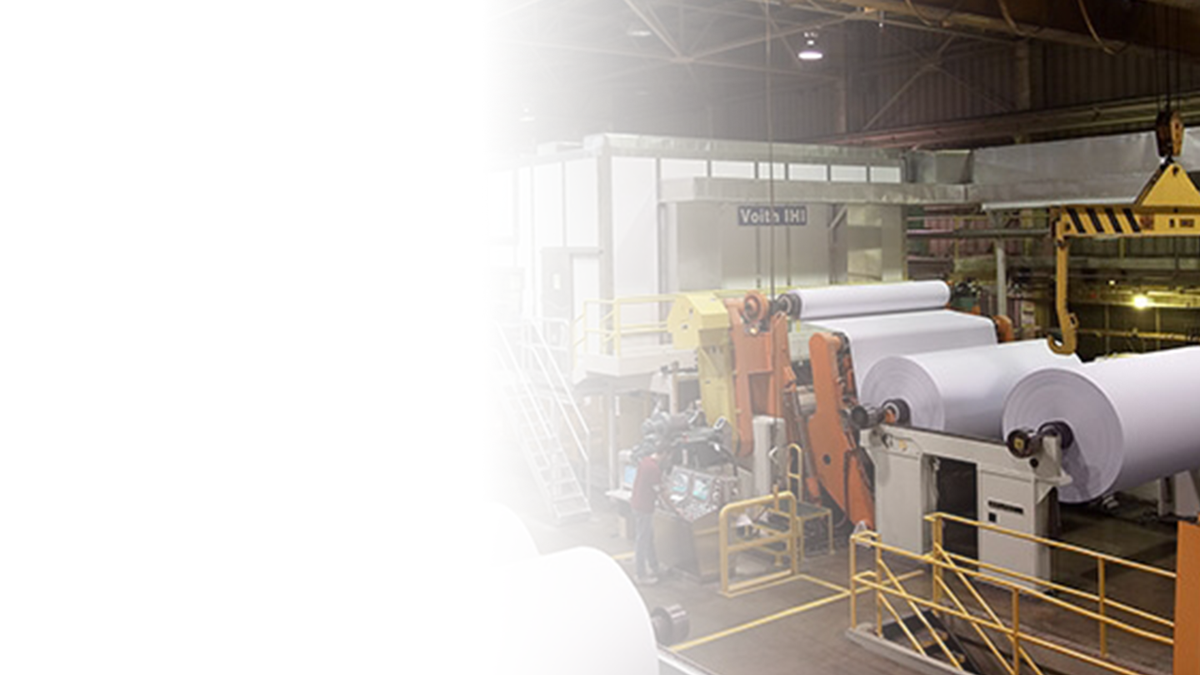
SmartIR Applied
Intelligent Condition Monitoring
SmartIR provides a complete thermal data set to work with, meaning you can identify more issues and areas for improvement compared to traditional inspection methods.
Customizable dashboards allow users to identify specific materials that could be causing excessive friction or stress on the belt system, allowing for quick intervention
Scalable, predictive analytics enable users to identify failure patterns and adjust maintenance and operational processes accordingly
Set KPIs and benchmarks to understand how your belt system performs under different conditions to optimize performance, reduce energy usage, and improve operational efficiency
Automated alerts notify personnel of when temperature spikes or drops that may signal a malfunctioning component, a material blockage, or other issues that need immediate attention
-edited.jpg)
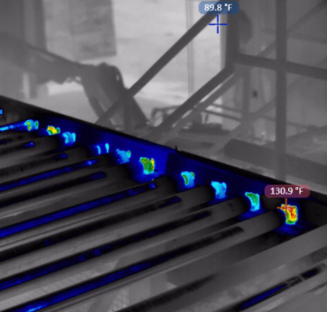


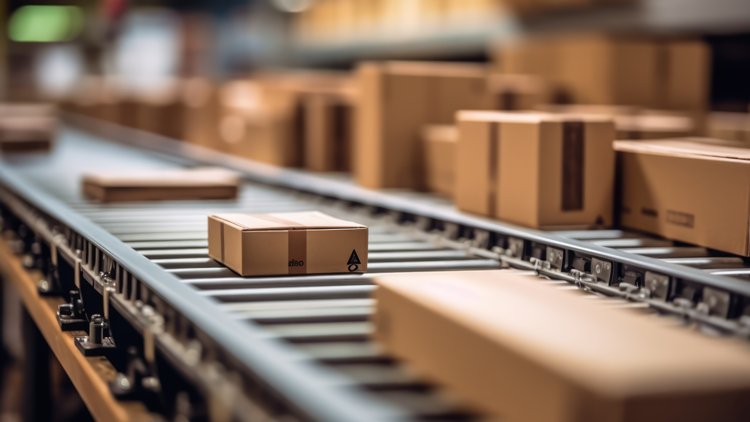
Infrared Technology Applied
Why Infrared Technology is so Effective
Thermal images provide temperature data useful in many different aspects. They allow you to see immediate issues such as hotspots, but they also allow you to see gradual changes in temperature overtime that could indicate a developing problem.
Hotspots, which are areas with a higher temperature compared to their surroundings, often indicate potential issues such as friction, misalignment, overloading, or equipment malfunctions. Hotspots are easily identified with thermal cameras, helping prevent equipment failures and minimizing unplanned downtime.
With a complete thermal data set, you can identify more issues and areas for improvement. For example, if you know the normal temperature range for your conveyor belts, you can identify unusual temperature spikes or drops that may signify a malfunctioning component, a material blockage, or other issues that need immediate attention. You can find patterns that repeat themselves, giving you insights on specific materials that could be causing excessive friction or stress on the belt system. By analyzing trends, patterns, and anomalies, you can predict when problems might occur allowing you to schedule maintenance before failure occurs.
Data sets also allow you to understand how your belt system performs under different conditions by identifying factors that affect temperature such as speed, material type, or environmental factors to optimize performance, reduce energy usage, and improve overall efficiency.
Simply put, infrared technology allows you to efficiently schedule maintenance, detect issues early, optimize performance, and ensure reliably.


Infrared Technology Applied
Why Infrared Technology is so Effective
Thermal images provide temperature data useful in many different aspects. They allow you to see immediate issues such as hotspots, but they also allow you to see gradual changes in temperature overtime that could indicate a developing problem.
Hotspots, which are areas with a higher temperature compared to their surroundings, often indicate potential issues such as friction, misalignment, overloading, or equipment malfunctions. Hotspots are easily identified with thermal cameras, helping prevent equipment failures and minimizing unplanned downtime.
With a complete thermal data set, you can identify more issues and areas for improvement. For example, if you know the normal temperature range for your conveyor belts, you can identify unusual temperature spikes or drops that may signify a malfunctioning component, a material blockage, or other issues that need immediate attention. You can find patterns that repeat themselves, giving you insights on specific materials that could be causing excessive friction or stress on the belt system. By analyzing trends, patterns, and anomalies, you can predict when problems might occur allowing you to schedule maintenance before failure occurs.
Data sets also allow you to understand how your belt system performs under different conditions by identifying factors that affect temperature such as speed, material type, or environmental factors to optimize performance, reduce energy usage, and improve overall efficiency.
Simply put, infrared technology allows you to efficiently schedule maintenance, detect issues early, optimize performance, and ensure reliably.
FAQ: Building Science
What can infrared cameras catch in a roof inspection?
Thermal cameras excel at detecting pest invasions, roof leaks, ice damming, and many other common roof problems on commercial or residential buildings. Unmanned cameras on drones help ensure the safety of your inspectors while upholding the quality of the inspection.
How can thermal cameras help with advanced building science?
Our thermal cameras are designed to complete infrastructure inspections and monitor advanced building science activities. Our technology can be utilized during the construction process by being added to drone systems or by enhancing visual inspections with a handheld thermal camera. These tools aid searching buildings for efficiency in energy, insulation, and water.
Keep up with Infrared Cameras Inc.

Top Employer Guidelines for a Safer Return to Work

Temperature Screening Hospitality Guidelines for Safer Stays

How Hospital Service has Changed to Slow COVID-19 Spread
Preventative Maintenance and Thermal Imaging Authorities
Infrared solutions are our specialty. Find out why we have been in the industry for 25 years.


